Newton's 1st LawAn object in motion stays in motion and an object at rest stays at rest unless acted on by an unbalanced force Challenge #1 - "An object at rest, stays at rest"
Many of my students recognize this as the "tablecloth trick" and it's fun to see them make that connection. It isn't listed in the activity but it's also fun to try this with stacks of three of more blocks on top as well or to experiment with different launch speeds. :) Challenge #2 - “An object in motion, stays in motion”
Knowing that this one is coming, it's a good idea to set up the baseboards so that there isn't too much "launching into a crowd" going on. It's also fun to connect the rubber bands to a long board that goes down the middle of the table (like Bruce Yeany's set up) and have students aim for a target with their top block by launching it at just the right speed. Newton's 2nd LawThe force applied to an object is equal to its mass times the acceleration Challenge #3 - Race between identical blocks
It is highly recommended to have the same person release both blocks to ensure that they are released together. If the blocks still aren't hitting at the same time with this set up, it would be worth checking your rubber bands. Sometimes they wear differently over time and that can result in unintended differences in the force. Also notice that you can stow the second rubber band from block B by looping it around the pegs to get it out of the way. Challenge #4 - Double the Mass
Depending on the strength of the rubber band connection, you can sometimes see inertia at play at the top block resists a change in motion (remember back to Challenges 1 and 2) Challenge #5 - Double the Force
This one happens really fast and it's a good opportunity to try out the slow-mo method so that it's ready for the next challenge. It's quick but the double rubber band block demonstrates about twice as much acceleration. Challenge #6 - Double the Force AND the Mass
This is really the culminating event of this entire activity and SO satisfying to see them hit at the exact same time. It can be challenging to release both blocks at the same time so often if students think that one is hitting first, I challenge them to look at the slow-mo and verify that both blocks were truly released together. It could work to use a ruler or meter stick to hold them back and start them at the same time if independent hands doesn't work out. Newton’s 3rd Law Every action force has an equal and opposite reaction force Challenge #7 - Tug of War
If you have students pull the blocks back to each end of a meter stick, you can make this one a little more quantitative and actually have a reference point to show that they meet at the halfway point regardless of how the rubber bands are connected. Challenge #8 - Tug of War with Different Masses
Even though both blocks experience the same force, the double block doesn't move as far because it is more massive (think back to Challenge #4). This is what we think back to when we talk about how gravity pulls on both a sky diver and the earth equally even though we only see one of these objects moving in any meaningful amount. The MaterialsThe thing that I love best about this idea is that the materials are so simple and low-tech. There are lots of different set ups that would work just fine, so rather than put together specific step by step instructions, I'm going to lay out the general set up that I used and reasons for some of the modifications that I made to Bruce Yeany's original design. The BlocksEach set up requires two blocks that can be connected with rubber bands to the base board. There are slight differences between the two but each one has same general design. Dimensions All of the blocks are made from scrap 2x4 lumber cut into 5.5-inch lengths and sanded to round the rough edges. Lag Screw Eye I drilled a recessed 3/4" hole into the end of each block and installed a 1/2" Lag Screw Eye into the center. I chose an eye screw because I didn't want the rubberbands falling off but after I had to replace my first set of broken rubber bands, I kind of wish that I would have just gone for recessed hooks here instead... Collision Dampening In my test run before giving these to students, it was clear that I was in for a splitting headache if I didn't do something about the noise. My solution was to get a free carpet sample from Menards and tape a couple of small square to the end of the blocks. If I were to make these again, I would probably go for something like a thick felt materials to avoid the unraveling carpet. Block AThis block is used in the first two challenges requires the ability to secure a second block while allowing it to fly forward when it hits the base board. I accomplished this by cutting a short length (~2.5 inches) of scrap wood that I found that was 1/8" thick with a width of 1-1/4". I nailed this to the back of Block A so that it was loose enough to rotate into position but loose enough to still support the block. Make sure that it can fully tuck away when not in use in a position that doesn't impact the slide of the block. Block B
Extra BlocksFor each set up, I cut 3 extra 5.5-inch blocks from the 2x4 material. These blocks are used to demonstrate inertia or add mass for several of the challenges in the activity The Base BoardThe base board is constructed from scrap 2x3 material that I found for really cheap in the discard bins at Menards. I cut the material into 11-inch lengths to allow for nice packing with the 5.5-inch blocks.
Obviously an important part of this whole design is clamping it securely to the table. I was trying to do this on a budget so I cut a notch out of the top of the board so that I could use smaller C-Clamps and still secure it to the edge of the lab benches in our classrooms. This allowed me to purchase a set of 14 2-inch C-Clamps from Amazon for under $30. With two clamps per set up, this was enough for the 6 sets that I made with a couple back ups. It would have been a lot less woodworking required to just get bigger clamps through so if you have the budget for it, it's probably work the time savings ;)
Rubber BandsUnsurprisingly, rubber bands should really be thought of as a consumable for this lab. After a year worth of cycles, I typically need to plan on replacing each rubber band before I use them next time. My preferred rubber band for this set up are these file bands that I purchased from amazon. I found this 50-pack for ~$10. WhiteboardMy first year, I had students slide these blocks directly on the lab table and I ran into two small issues.
Material ListI made 6 sets of these Newton's Laws Blocks for my classroom so that I would have one for each lab bench. It's a pretty scalable project though so I will just list the materials needed for one set and you can scale as needed :)
ReflectionOverall, I love this lab (especially for younger students like 9th grade or middle school). Students genuinely enjoy launching wooden blocks at other wooden blocks and I feel good about the fact that they are getting hands-on experience with the different aspects of Newton's Laws. Having these shared experiences as we continue on with our forces unit is a wonderful way to connect all of our discussions to something "real-world". This set of activities isn't an exhaustive list of things that can be demonstrated with these blocks and I would encourage you to check out Bruce Yeany's video if you haven't yet to get some more ideas. I want to end with my favorite reveal of the lab, the fact that doubling the force along with the mass results in the same acceleration as the original 1 block / 1 rubber band set up. Soooo satisfying :) If you found this useful, you can find more lessons on the topic of "Forces" by clicking on the button below ↓
Comments
|
Joe CossetteFather, Physics Teacher, Knowles Fellow, Friend, Techie, and Musician Blog Posts |
||||||||||||||||||||||||||||||||||||||

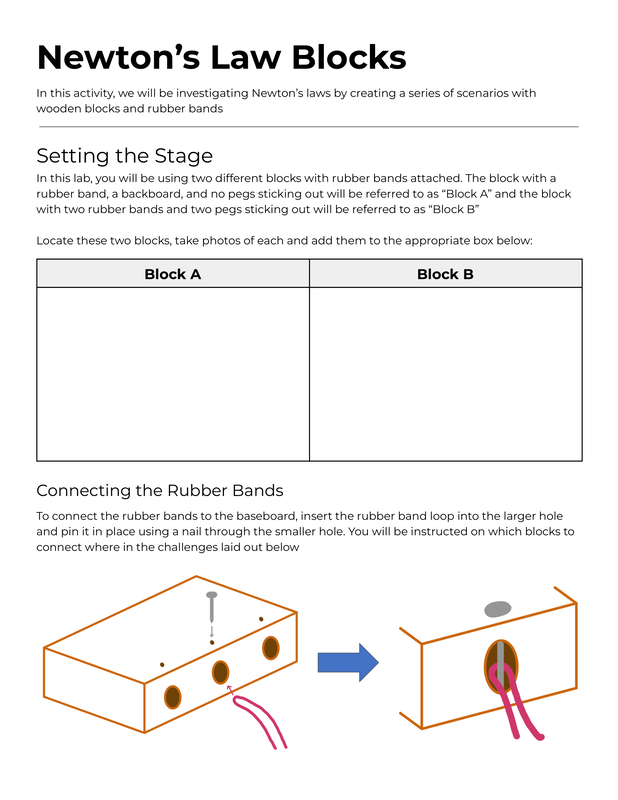

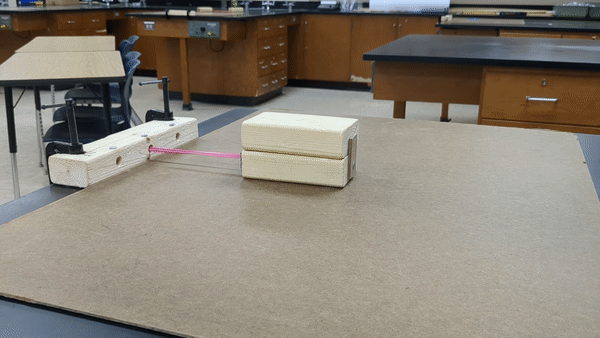
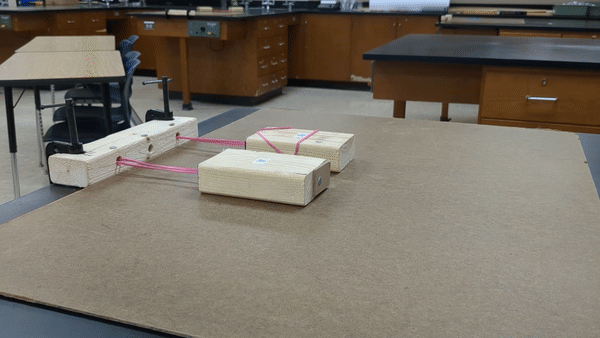
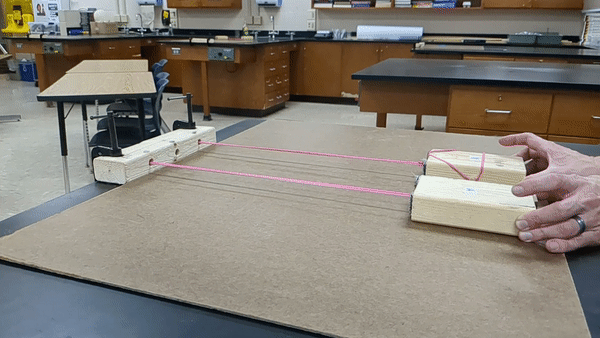
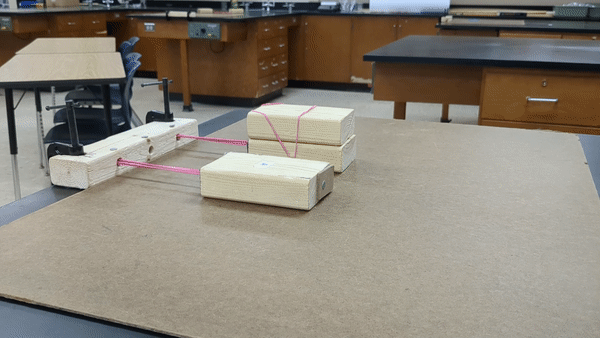
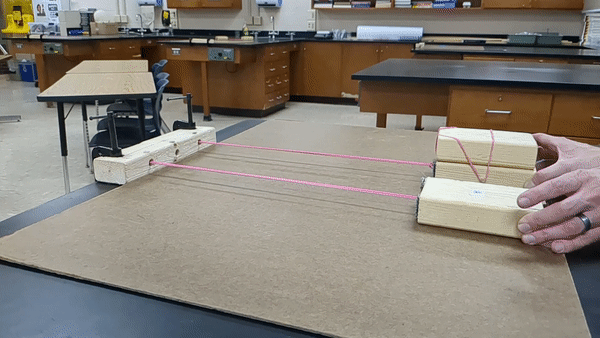
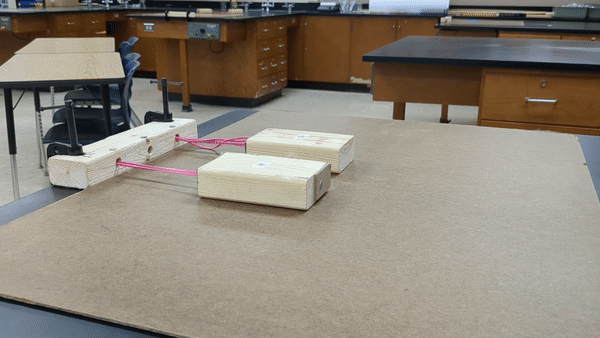
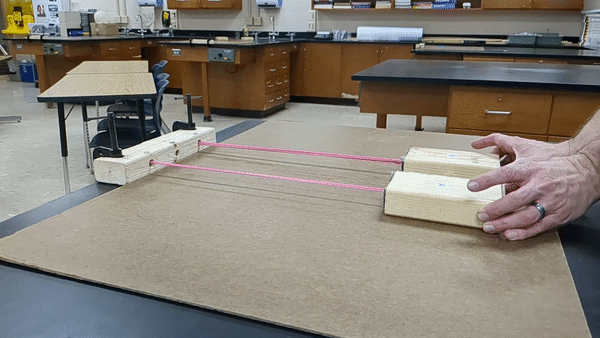
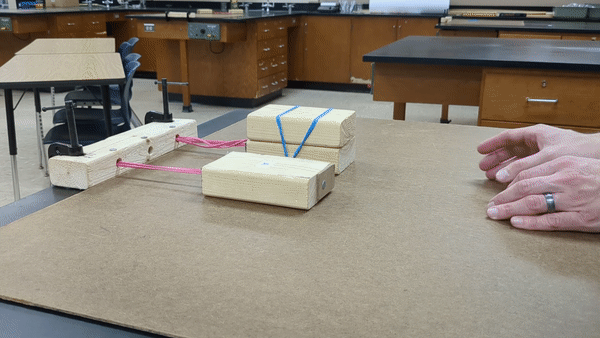


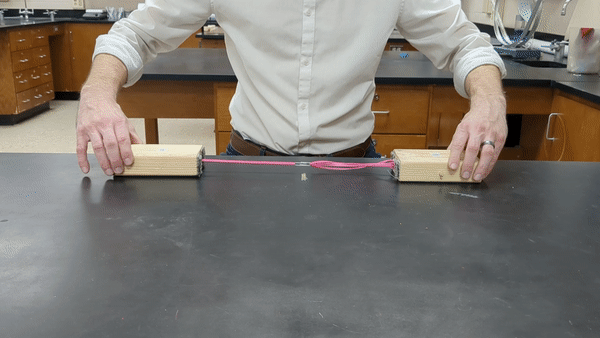
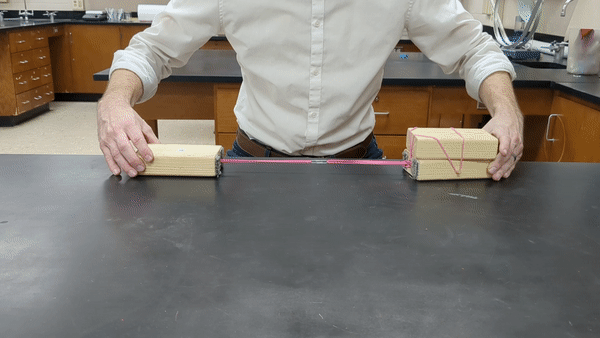


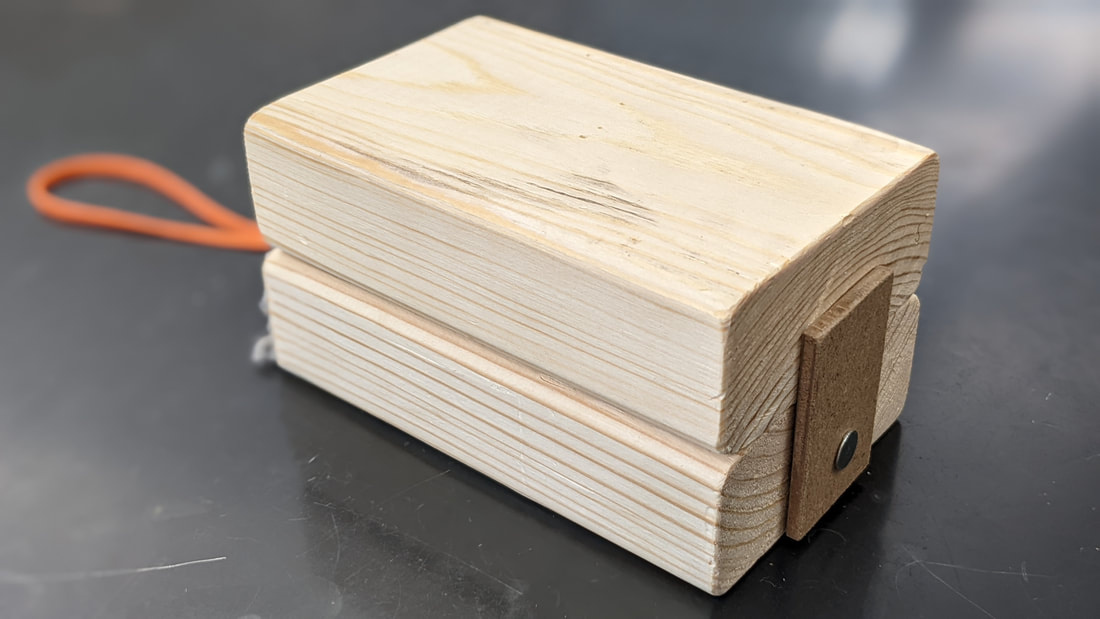
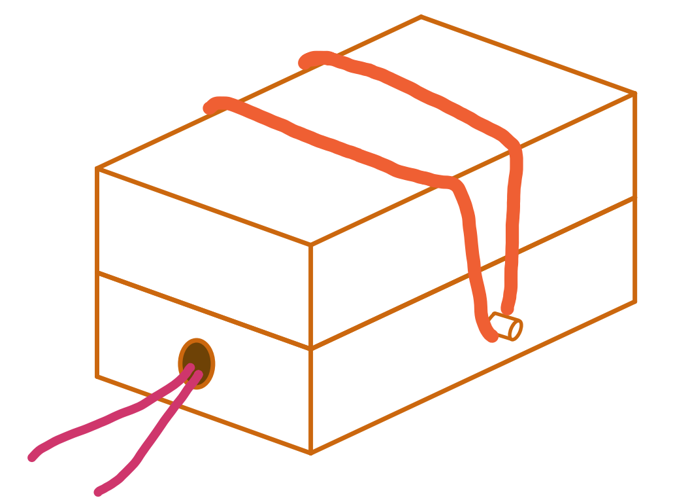
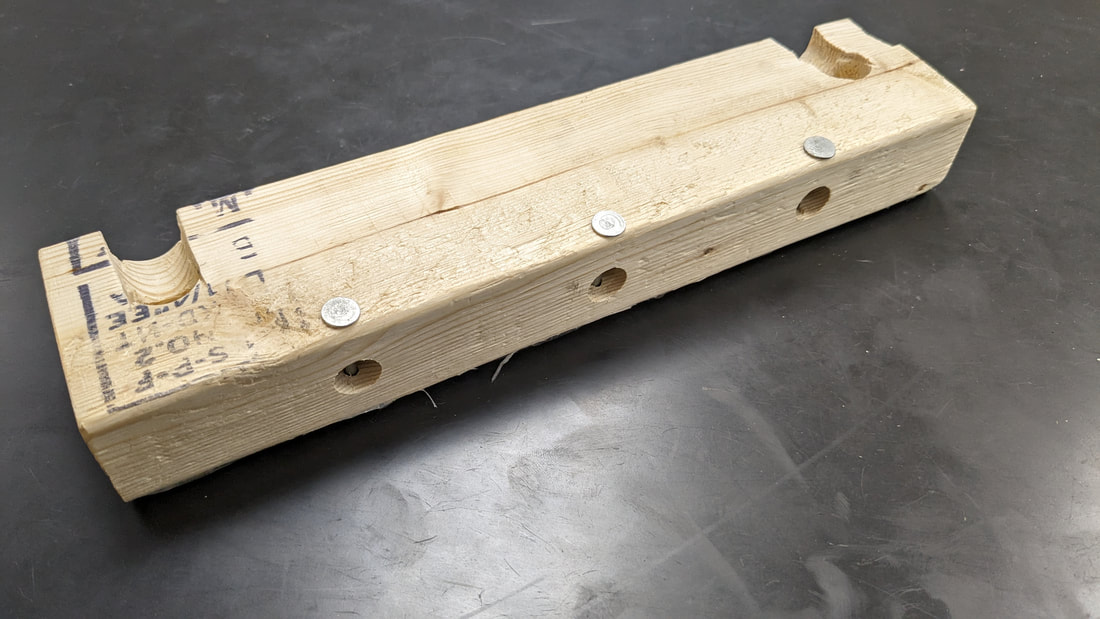
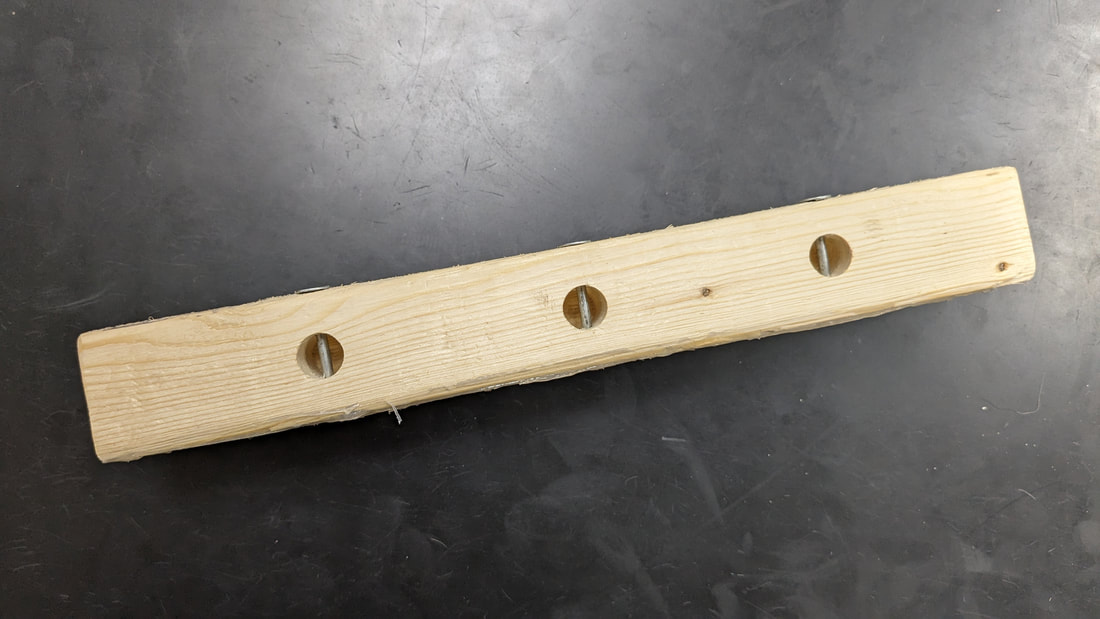

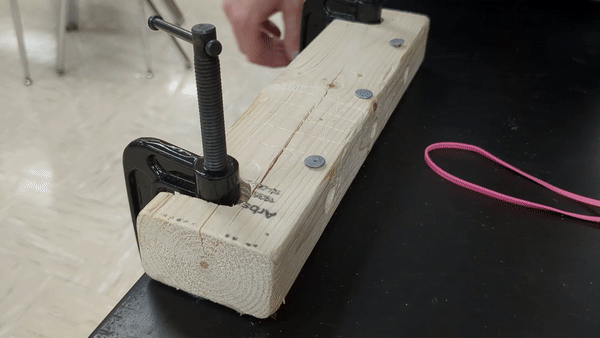
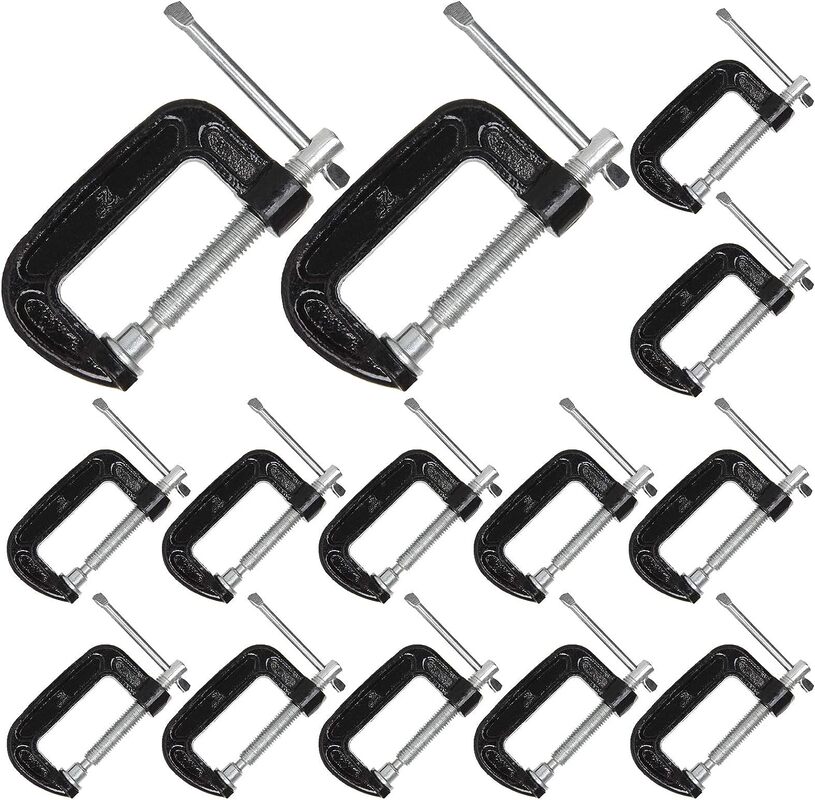

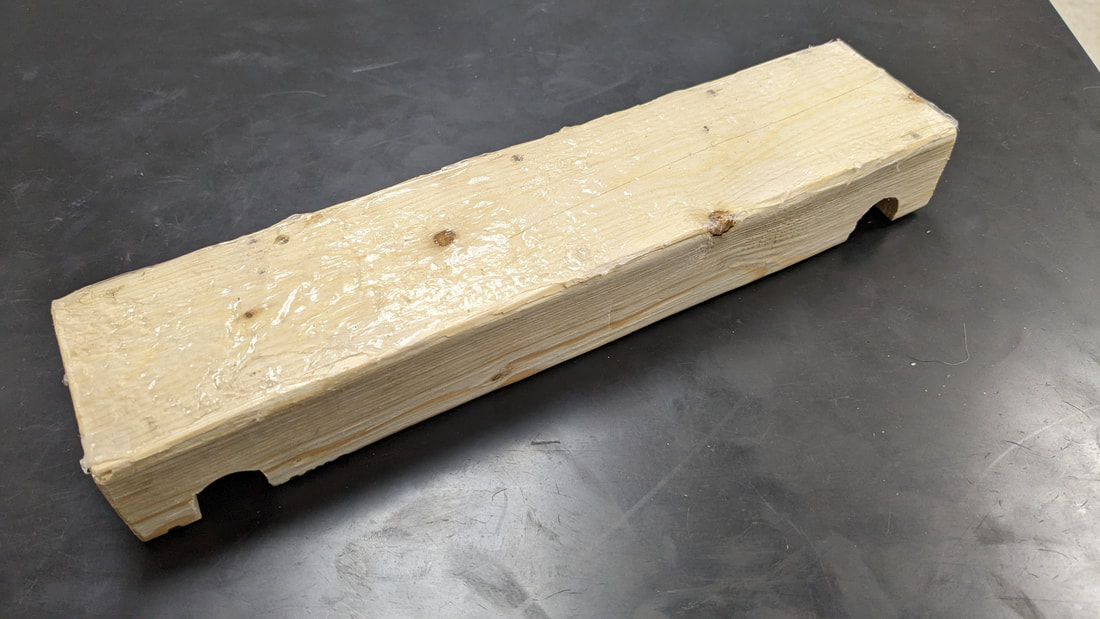
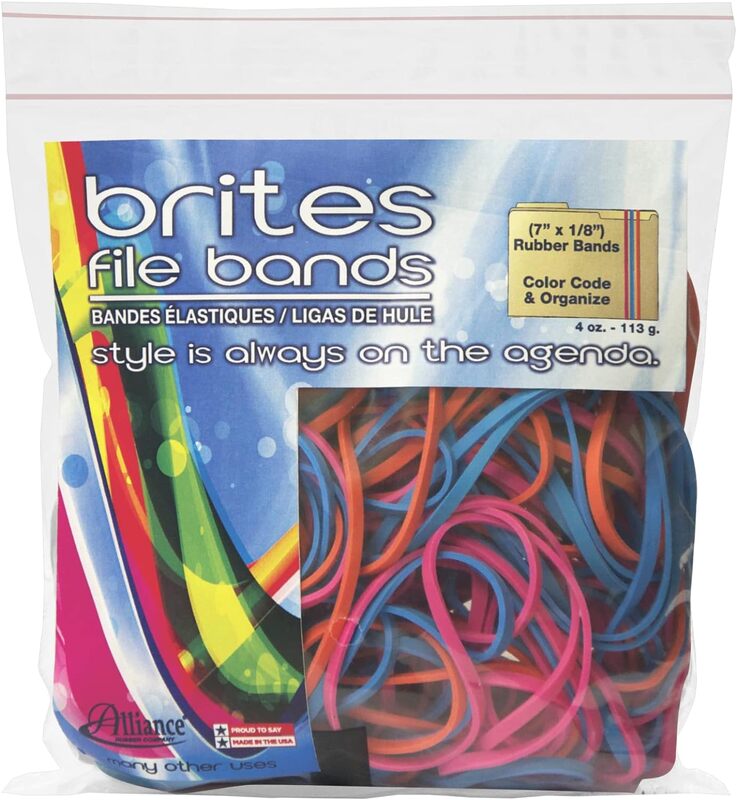

 RSS Feed
RSS Feed

